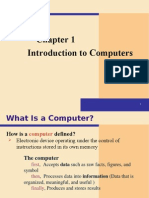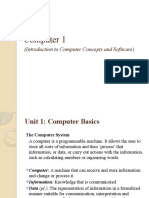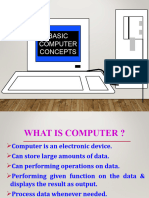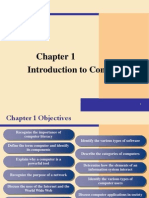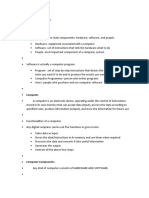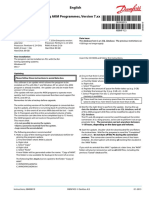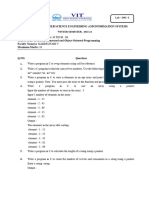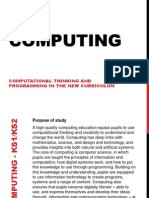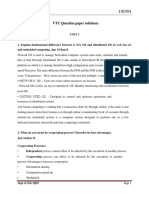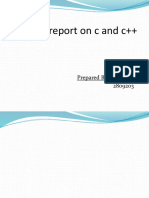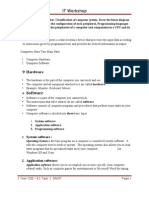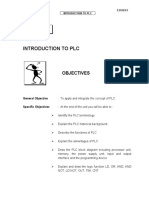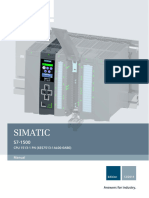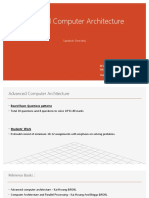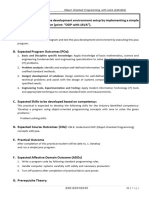0% found this document useful (0 votes)
12 views29 pagesIntroduction To Computer Studies (1) (1) - 091809
The document provides an introduction to computer studies, covering the definition, characteristics, evolution, and classification of computers, as well as the importance of computers in daily life. It details computer hardware components, software concepts, operating systems, application software, and keyboard and mouse skills. Understanding these fundamentals is essential for personal and professional development in the digital age.
Uploaded by
shamalastanley724Copyright
© © All Rights Reserved
We take content rights seriously. If you suspect this is your content, claim it here.
Available Formats
Download as PDF, TXT or read online on Scribd
0% found this document useful (0 votes)
12 views29 pagesIntroduction To Computer Studies (1) (1) - 091809
The document provides an introduction to computer studies, covering the definition, characteristics, evolution, and classification of computers, as well as the importance of computers in daily life. It details computer hardware components, software concepts, operating systems, application software, and keyboard and mouse skills. Understanding these fundamentals is essential for personal and professional development in the digital age.
Uploaded by
shamalastanley724Copyright
© © All Rights Reserved
We take content rights seriously. If you suspect this is your content, claim it here.
Available Formats
Download as PDF, TXT or read online on Scribd
/ 29










